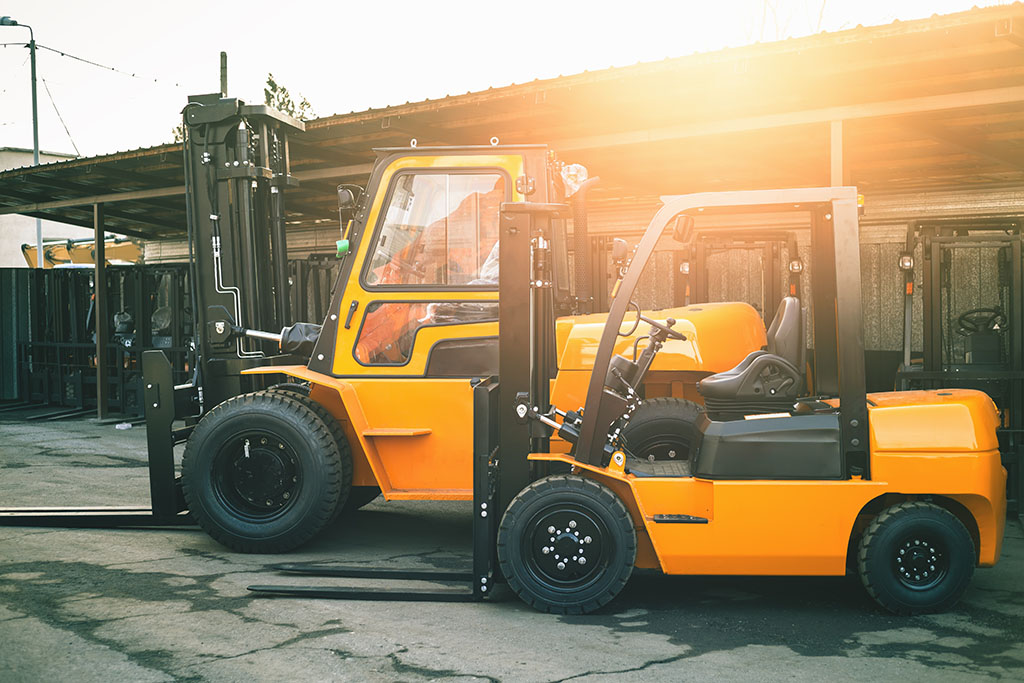If you’re in the market for a forklift, there are a few things you should consider before making your purchase. What is the lifting capacity you need? How often will you be using the forklift? What type of terrain will you be using it on? Answering these questions will help you narrow down your options and choose the right forklift for your business. Keep reading to learn more about the different types of forklifts and their features so you can make the best decision for your material handling services.
Understand the types of forklifts
When looking to purchase a forklift, there are a few factors to consider in order to ensure you are making the right decision for your business. The first consideration is what type of forklift will best suit your needs. There are four kinds of forklifts, including electric, gas, diesel, and liquid propane (LP). Each type has its own benefits and drawbacks, so it’s best to choose the one that will work best for your specific application.
Electric forklifts are the most common type and they are powered by batteries. They are quiet and emission-free, making them a popular choice for indoor applications. However, they have a shorter range than gas or diesel forklifts and need to be recharged frequently.
Gas and diesel forklifts are powered by gasoline or diesel engines and have a longer range than electric forklifts. They are also more powerful and can handle heavier loads. However, they are louder and produce emissions, which makes them a poor choice for indoor applications.
LP forklifts are powered by liquid propane and are the most environmentally-friendly type of forklift. They have a long-range and are very quiet, but they’re also the most expensive type of forklift.
Consider the capacity you need
When looking to buy a forklift, its capacity is one of the most important factors. Capacity is how much weight a forklift can lift. You need to know the weight of the objects you will be lifting to ensure the forklift can handle the load. Capacity is measured in pounds or kilograms.
There are a few factors to consider when choosing a forklift with the right capacity. The first is the type of material you will be lifting. For example, if you will be lifting bundles of metal, you will need a forklift with a higher capacity than if you will be lifting small pallets of wood.
The other factor to consider is the height of the object you will be lifting. The taller the object, the more it’ll weigh, so you’ll need a higher capacity.
Always remember to select a forklift with the correct capacity for the job. A forklift with too little capacity can cause damage to the load or the forklift. A forklift with too much capacity can be dangerous and put the operator at risk.
Assess your forklift usage patterns
Knowing how your forklift will be used is crucial to choosing the right one for your business. There are three main usage patterns, intensive, medium, and occasional use.
Intensive-use forklifts are designed for continuous heavy liftings, such as in a warehouse or factory setting. They have a higher horsepower engine and can handle more weight. Medium-use forklifts are ideal for transporting goods over short distances and are generally used outdoors. They have a lower horsepower engine and can carry less weight than an intensive-use forklift. Occasional-use forklifts are smaller, lighter, and easier to maneuver than the other two types and are best suited for tasks that require only periodic lifting.
Knowing which type of forklift is best for your specific needs is essential to choosing the right machine and avoiding costly mistakes. If you’re not sure which usage pattern describes your business, consult with a professional who can help you make the most informed decision possible.
Choose the right forklift for your business
Overall, choosing the right forklift for your business is vital for ensuring productivity and safety. By taking these factors into account, you can find the forklift that is best suited for your specific needs and ensure that your business operates as efficiently as possible.
